The surprising parallels between photography and activism
By Mehran Khalili*
Photography has been a deep love of mine for fifteen years. Shooting, editing, selecting and arranging images is for me like meditation. And more than ever, our passions, professions and personal lives are bleeding into — and informing — each other. For better or worse.
In this context, I’ve discovered a few parallels between photography and doing grassroots activist work. And since everyone is a photographer nowadays, this might be useful for you, too.
Pick a subject that’s close to you
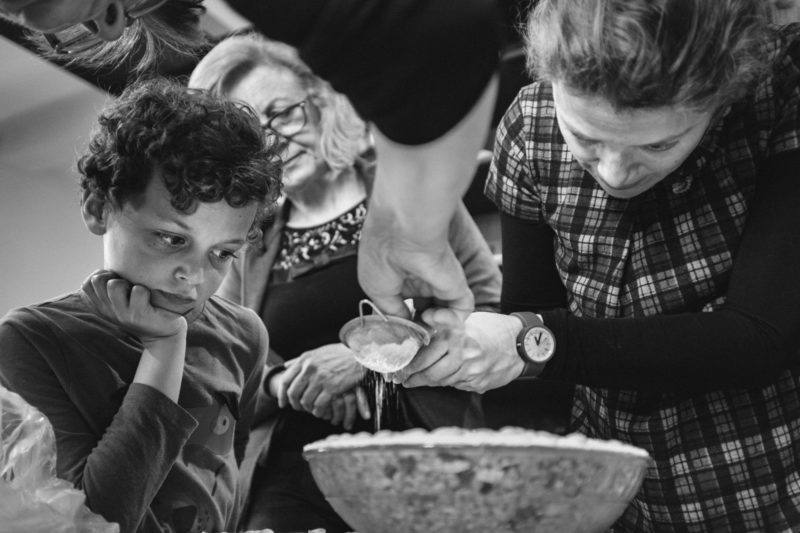
Vrachati (April 5, 2019) from the project A Life Less
In the photography community, there’s a popular piece of advice: “Make your photos bleed”.
This means that to take photos that have impact, you need a strong emotional connection to the subject. And it’s true — when the photographer cares about what they’re shooting, you can feel it in their work. I see it with my own images, and I see it with others’.
In activism, we can think of the ‘subject’ as the issue you’re choosing to act on. Maybe you want to respond to an injustice that’s happening before your eyes. Like Radomir Lazovic, who fought a corrupt development project in Belgrade by building a citizens’ movement.
Or maybe the target of your campaign is something that has turned your life upside down. Like the story of Chris Smalls, who was fired from Amazon and led a workers’ uprising to challenge the company. Or Vicky van der Togt, who contracted COVID and became a community organiser against the disease.
But whatever the issue, a deep emotional connection to it will help you through any pitfalls that arise. You’ll be more motivated if the campaign hits an organisational snag. And you’ll have personal stories to tell instead of second-hand ones, which are likely to resonate better. Your communications will be more authentic. Your audiences will be able to feel it.
Know when to bring in outside help
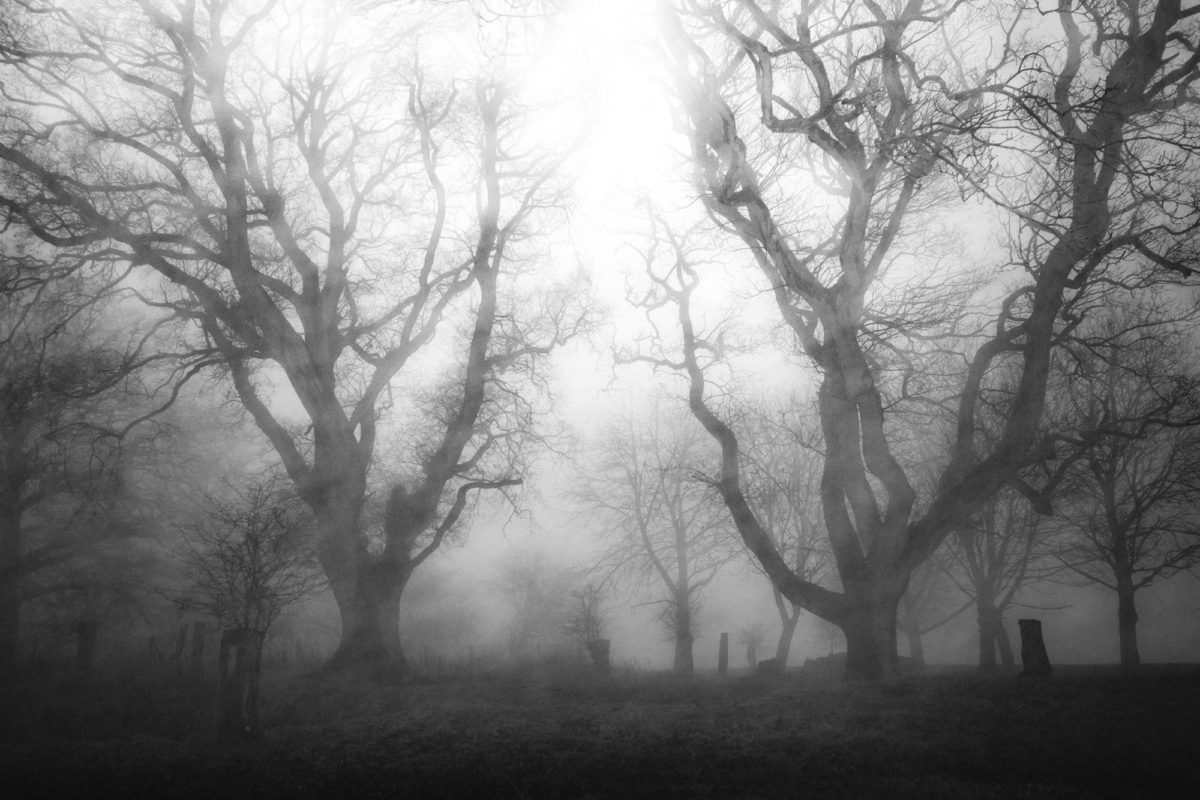
Whipsnade (December 22, 2017) from the project A Life Less
A deep emotional connection to your subject can also hold you back.
The writer William Faulkner said “Kill your darlings”. He meant cut out anything that you feel strongly for, but does nothing for the story.
In a photo project, I still struggle with selecting and sequencing my images to get them to say what I want. Because I’m often too involved with the photos to see them clearly, and understand how they play with each other. I become reluctant to remove images I’m proud of.
The answer is simple: I ask a close friend with a good eye, for her advice. She helps me to ‘kill my darlings’, and put the focus back on the subject of the project. The work is almost always better for it.
As an activist citizen, be wary of ideas that hold too much emotional significance for you. Internally, these ideas can lead to bad management decisions. And externally, they can harm your arguments and cause the campaign to come across as melodramatic, hindering your ability to convince others of your cause. Runaway emotions are the enemy of strategic thinking.
As with photography, if you sense that your emotional connection to an issue is getting in the way, there’s an obvious solution. Bring in someone who doesn’t share your passion for it, and let them guide you.
Minimise the variables, scale it down
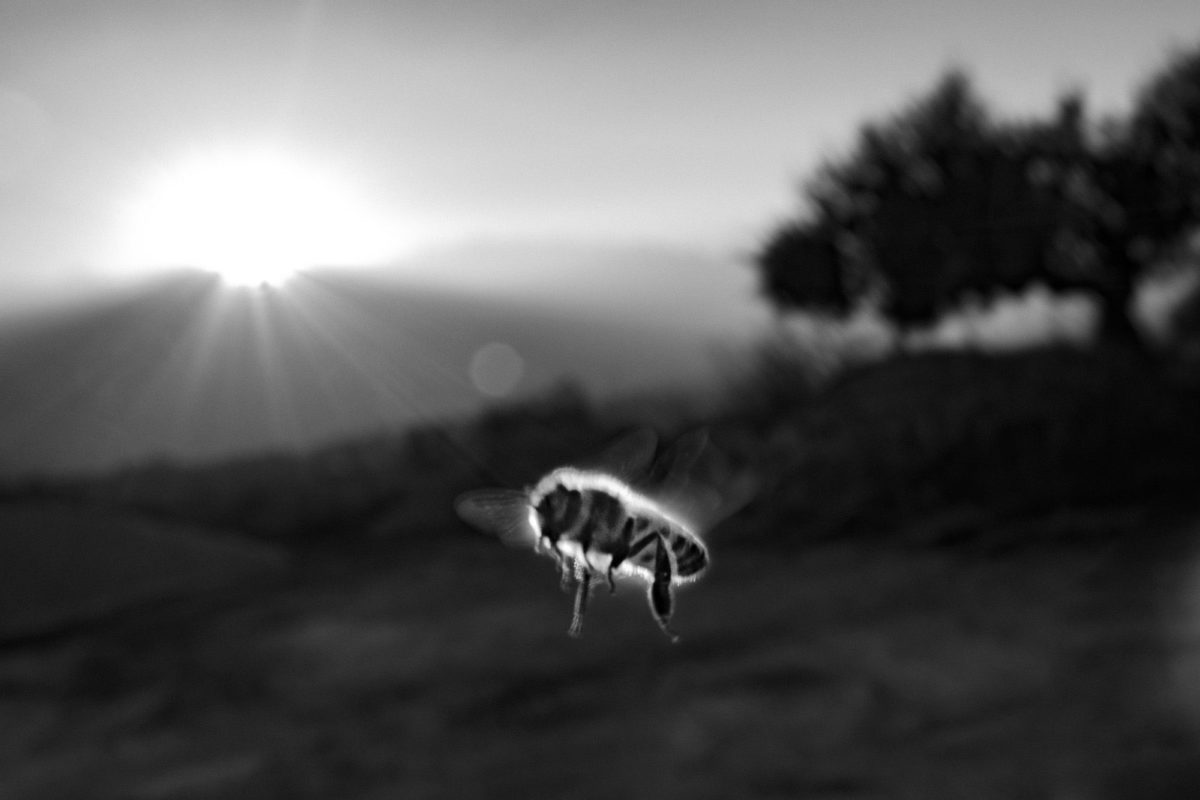
Kefalas (November 19, 2015) from the project Minotaur Island
On a related note, a common saying in photography is: “If something isn’t adding to a photo, it’s taking away from it.” Meaning that an element in an image that isn’t helping to communicate the intended message, is detracting from it. It is adding damaging complexity.
Similarly, when planning a campaign we can easily get lost in grand ideas. Why aim for a single protest when you can push for one in every city? Why lobby a decision maker when you can target twenty? But like photos trying to say too much and ending up saying little, by attempting to do it all you’re spreading yourself too thin. Which is a recipe for low impact. As with photography — and many things in life — less is more. So, start small. Choose an issue you can make progress on in the short term. See where it goes. And build it out from there.
Solve the problem by looking at how others have done it, rather than throwing money at it
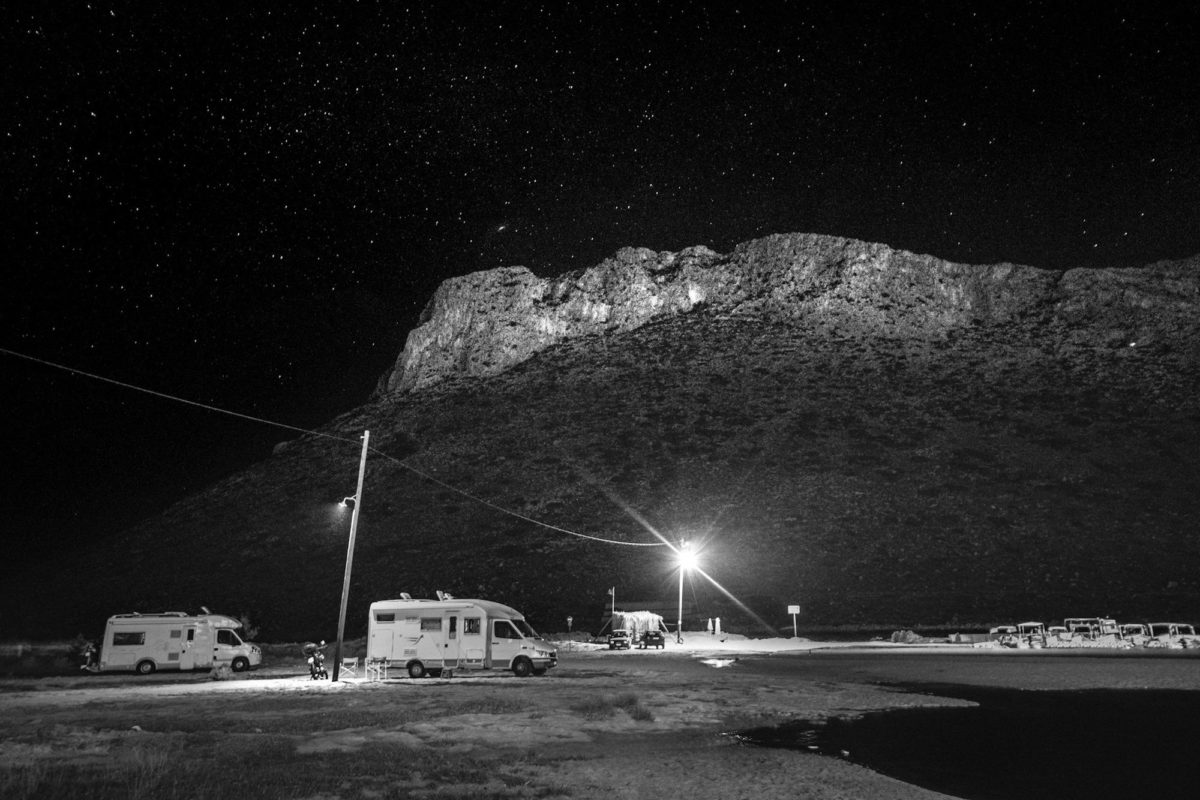
Stavros, Crete (June 16, 2018)
These days, dangerously effective advertising makes us believe we’re always one purchase away from achieving our goals. With creative work like photography, it’s easy to think that buying a new piece of equipment will make you a better photographer (and I’m as guilty here as anyone).
But there’s a saying that “If you want to take better photos, buy books instead of gear”. In other words, the most effective way to improve your work is to look at that of others’ you admire, instead of getting a new camera or lens.
There’s a similar idea in activism: that if only we threw more money at our problem, we could tackle it better. If we professionalised, if we had a legal structure and paid staff, we’d be better equipped. After all, the Establishment has big guns. We need bigger guns!
This is almost always BS. There’s a reason many professional, well-funded campaigns don’t publish whether they had any impact: it’s that there often isn’t any to report.
If you want your activism to get results, a targeted campaign that makes the most of your existing resources is your best shot. And if you hit a block that only funding can help you overcome, you can always go that route later on.
So instead of leaping to fundraising, set a tight focus as mentioned above. And spend your energy looking at how others have approached the problem before you. What worked, what didn’t, and why.
Beautiful Trouble, Actipedia and GNAD are good places to start. And unlike photo books, they’re free.
Play the long game
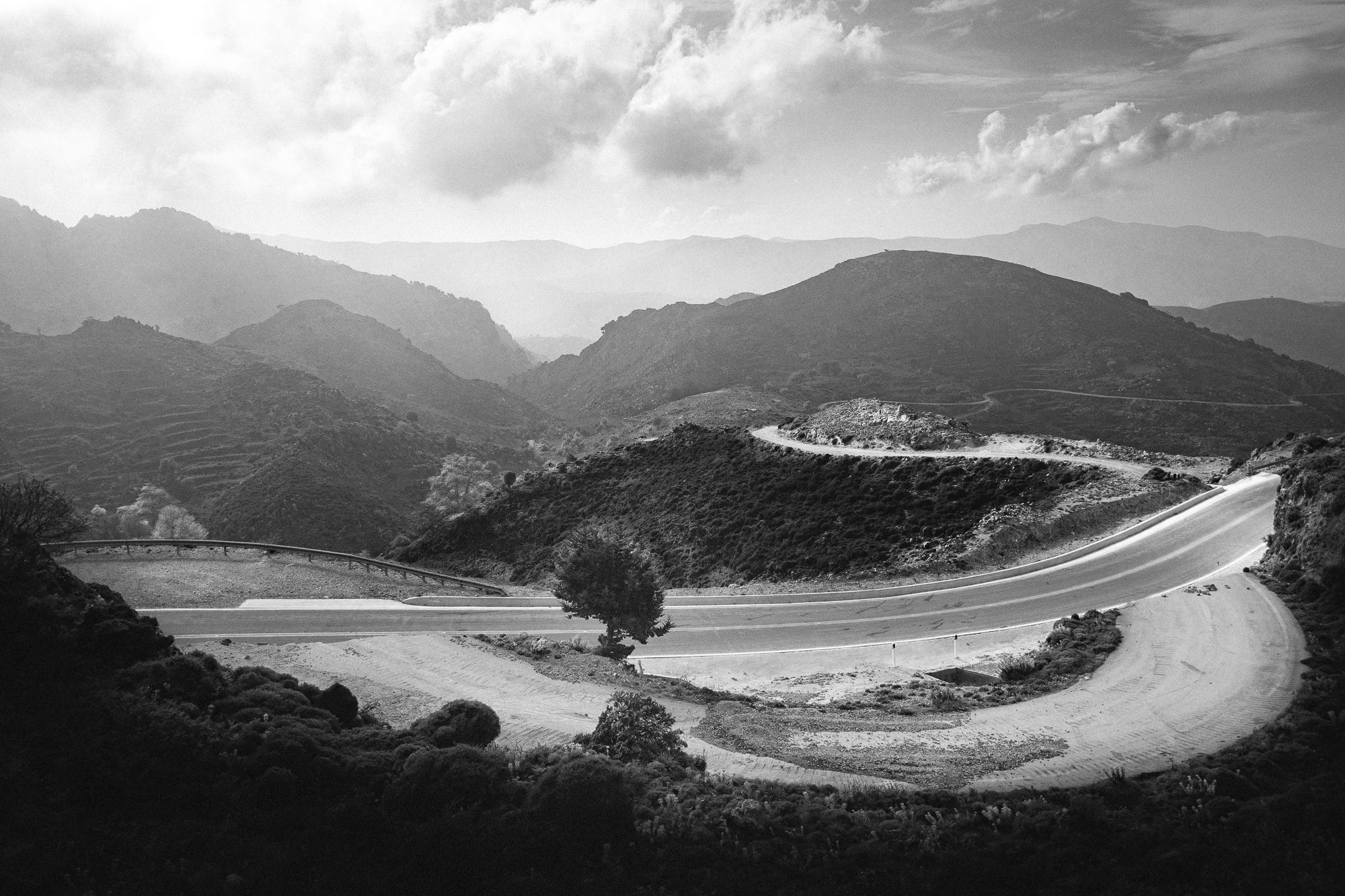
White mountains, Crete (April 1, 2016)
The photographer Alec Soth said: “Anyone can take a great picture, but editing those pictures and having them resonate off each other — that’s the ultimate task.”
The long game in photography is a photo project. And the ultimate photo project is a book. The best photography today is hidden away in books — physical artefacts you can sit with on a rainy afternoon and contemplate, explore, absorb. And in the age of Instagram and smartphone photography, where single images are cheap to produce and abundant, this is more true than ever.
We also live in the era of Twitter, Facebook and always-on news. These technologies invite us by design to obsess over the outrage of the moment.
And consequently much of what passes for ‘activism’ today is prompted by this. From signing petitions to joining online pile-ons to trying to get people cancelled, we end up with ad hoc, scattergun campaigns that change little. Like photographers clicking the shutter randomly in the hope of getting a good image, we “spray and pray”.
But take the activist Antonis Bougias, who I interviewed in 2020. He reported – for six years – on the trial of a neo-Nazi party that the establishment media preferred to keep quiet. And in doing so, he made a historic contribution to the record of what happens when the extreme right gains power. One issue, with a single focus, and seeing it through.
So if you want to create change, do it with intention. Pick the issue you care about most — the thing that has been eating at you for months. Find others who feel the same. And play the long game.
***
*Mehran Khalili is an adviser to DiEM25’s Coordinating Collective, based in Greece. This article was first published in the activist newsletter SUBVRT.
